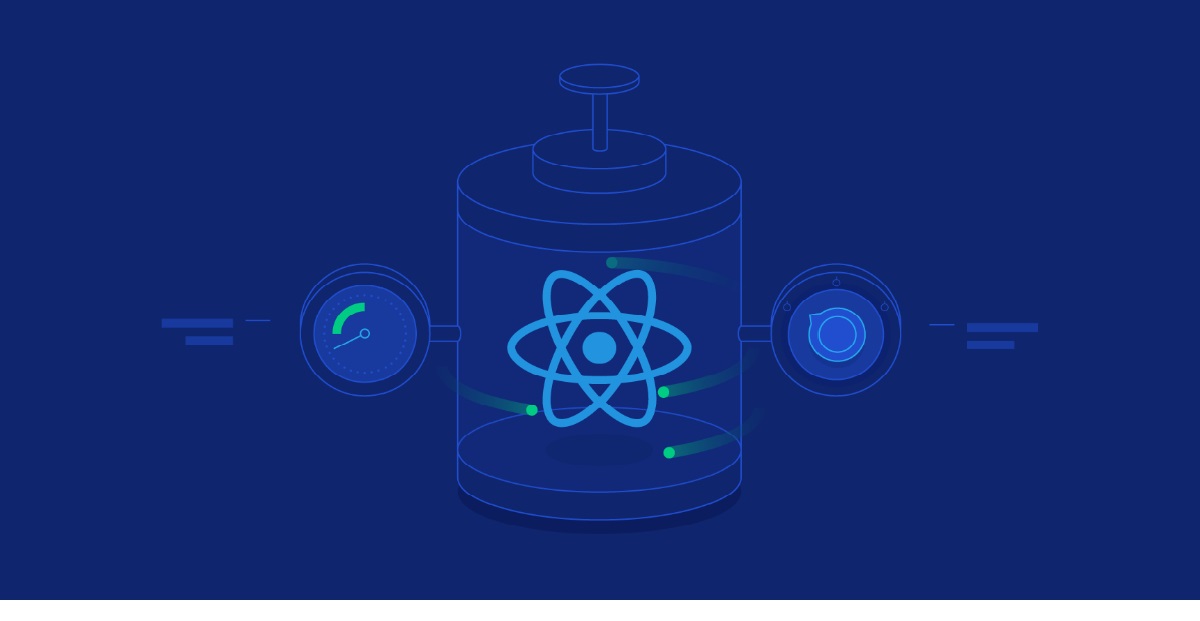
Top 5 Techniques For React.js Performance Optimization
- By Ramavtar Sharma
- 28-05-2021
- Technology
React.js, as the name goes is a JavaScript library that is being used by React developers for a while now. It is open-source, maintained by Facebook and used for building user interfaces. React, if chosen for frontend, forms the foundation in the development of single-page or mobile applications. It helps you create interactive front ends using the latest features and excellent user interface designs. The latest stable release, React 17.0.2 was in March 2021.
Although, it is preferred majorly by developers, it also needs some optimization of its codes. For faster and reliable apps, developers have to manage the code as no one wants mediocre, non performing applications.
Here are top 5 techniques that are used for optimizing React.js:
React.PureComponents
Pure components are used in JavaScript to modify the state of variables. These are variables that form the foundation for programming functions. React.PureComponents is a class of components that are pure, that means the components render the same output on every state of variables. The components in this class compare various states and variables to find out whether they are same or not. If same, the React.PureComponents class does not re-render the updates.
Immutable Data Structures
React.js applications can be optimized by using Immutable data structures because any changes in the data structures or mutating data structures can impact the performance of your apps. Inducing immutability means that the basic structure of your app remains the same irrespective of changes in-app functions. Hence, keeping the React.js application as it is.
Elements usage
In React.js JSX elements are allowed to use like values. The inline elements and constant elements can be used. React.js developers can scale values by reducing the calls to React.createClass. React inline elements can also be used to convert JSX components into the object literals. By doing this your React.js app performance and code quality can be improved.
React.Lazy
React.Lazy is used for lazy loading, a technique to optimize React apps. It is a great way to speed up your apps as the React developer can render images or a video only when requested by the user. React. Lazy helps developers to load essential components of the app on the request of the user. This technique reduces the loading time of the application, hence optimizing the performance.
React.Suspense
React.Suspense is used by the developers to notify the user that there will be a time lag after they request for any component. It is important to provide a notification or feedback to the user to retain them on the application. During the time lag, issue such as freezing of the screen may occur, therefore, letting the user know about it, can ensure user engagement. React.Suspense allows the wrapping of lazy components into fallback content.
These 5 techniques are used majorly to enhance the performance of React.js applications. Besides these code splitting is also a way to optimize the code. It is also widely used by expert developers to make the application load on time without any delays and deliver a delightful user experience.
Conclusion
React.js is one of the best JavaScript libraries for developing interactive frontends in combination with various backend technologies. To make the code even faster and clean, all the above methodologies are used. To make use of the right methods and create user friendly applications it is highly recommended to hire a dedicated team of React.js developers from a trustworthy third-party organization. This enables you tap global talent sitting at one place and even helps in cost cutting.
Recent blog

Blockchain for Enterprise: Transforming Business Operations
Blockchain | 23-04-2024.png)
Top 03 Audio Enhancers to Enhance Your Voice in Minutes
Technology | 18-04-2024.png)




